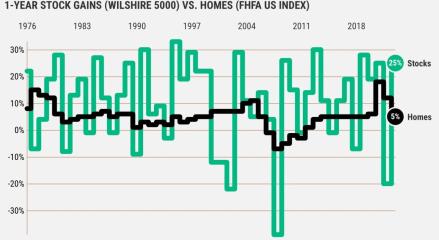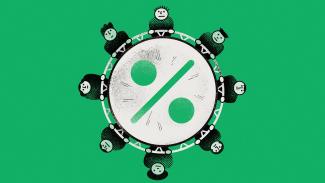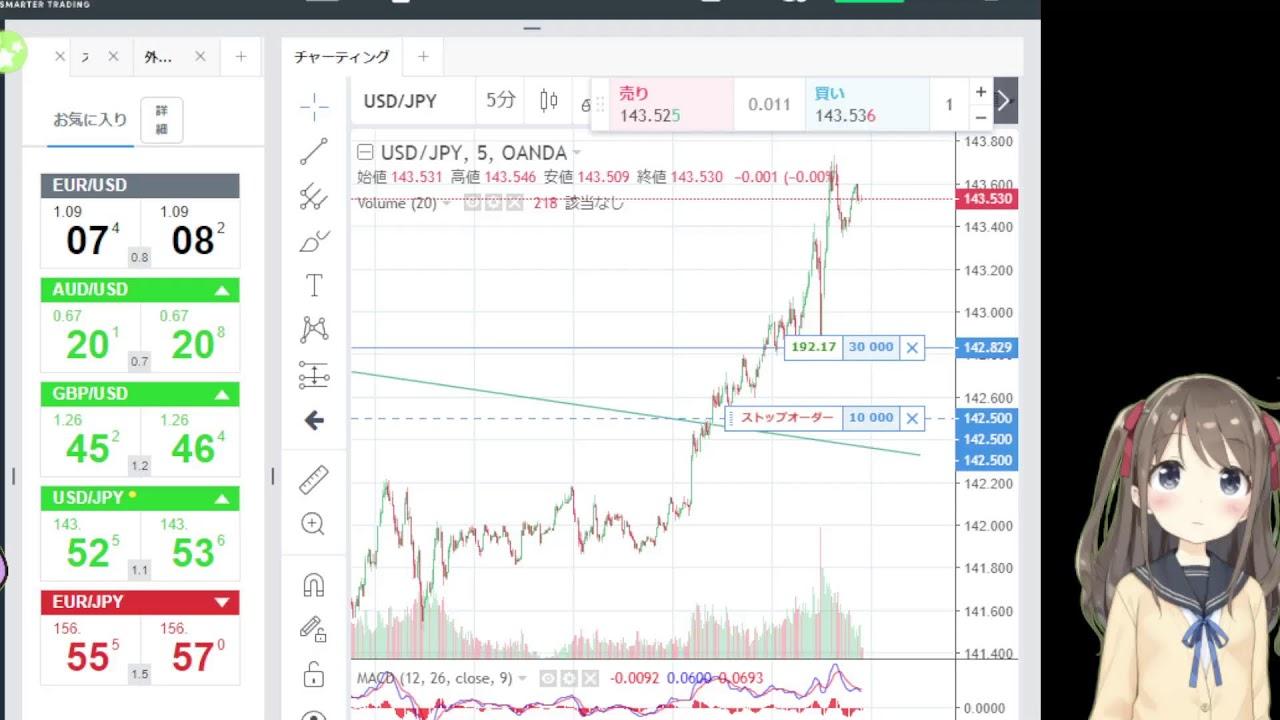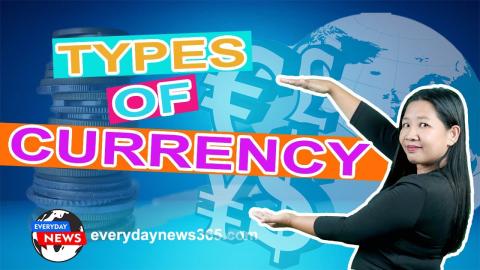“Home currency denominated” and “Foreign currency denominated”
In that instance, the choice between “local currency denominated” and “foreign currency denominated” as a display method has an impact.
What is local currency denominated?
Home currency denominated is a method of expressing how much your home currency will be for each unit of foreign currency . In the case of yen and US dollars, this is the notation of “US dollar / yen 1 US dollar = 00 yen” that we usually see.
Since the yen is denominated in its own currency, all currency pairs involving the yen are displayed as US dollar / yen, euro / yen, British pound / yen, and the exchange rate is 1 US dollar = 00 yen, 1 euro. It is expressed as = 00 yen and 1 English pound = 00 yen. Many currencies, not just the yen, are denominated in their own currency.
What is foreign currency denominated?
Foreign currency denominated is a method of expressing how much foreign currency is for one unit of home currency. For yen and US dollars, the notation is “yen / US dollar 1 yen = XX US dollars”.
You rarely see this kind of expression. In news, etc., the expressions yen / US dollar and yen / dollar are sometimes used, but even in such expressions, the exchange rate is “1 US dollar = XX yen”, which is reported in the rate denominated in the home currency. I am.
Basically, foreign currencies are used in limited currencies such as Euro, British Pound (British currency), Australian Dollar (Australian currency) and New Zealand Dollar (New Zealand currency).
And, depending on whether the currency is denominated in the home currency or the foreign currency, the display method of the currency pair and the exchange rate is inevitably determined.
What if both are the same?
However, a keen person who knows various currency pairs may feel uncomfortable.
The combination of euro and pound sterling is euro / pound sterling, not pound sterling / euro, even though both the euro and the pound sterling are denominated in foreign currencies.
This is because, as a general rule, the euro is displayed in foreign currencies for all currencies . In other words, the currency pair described as “○○ / Euro” does not exist in principle. There is no answer to this other than that rule.
In principle, the pound sterling is also given priority in foreign currency denominated currency for currencies other than the euro. This is due to the fact that the pound sterling was once treated as a key currency (*).
(* The key currency is the currency that plays a central role in the foreign exchange market and is adopted as the standard in international financial transactions. The current key currency is the US dollar)
Also, because Australia and New Zealand are members of the British Federation (formerly the British Empire), the Australian dollar and New Zealand dollar are given priority in foreign currency denominated display after the British pound. Therefore, the notation of British pound / US dollar, Australian dollar / US dollar, and New Zealand dollar / US dollar is common.
The US dollar is basically denominated in the same home currency as the yen . So, originally, I feel that the combination of US dollar and yen can be either US dollar / yen or yen / US dollar, but it is decided that the notation of US dollar / yen is a rule.
There are some Forex companies that can trade unfamiliar reversed currency pairs, but you have to remember the currency pairs after understanding that.















